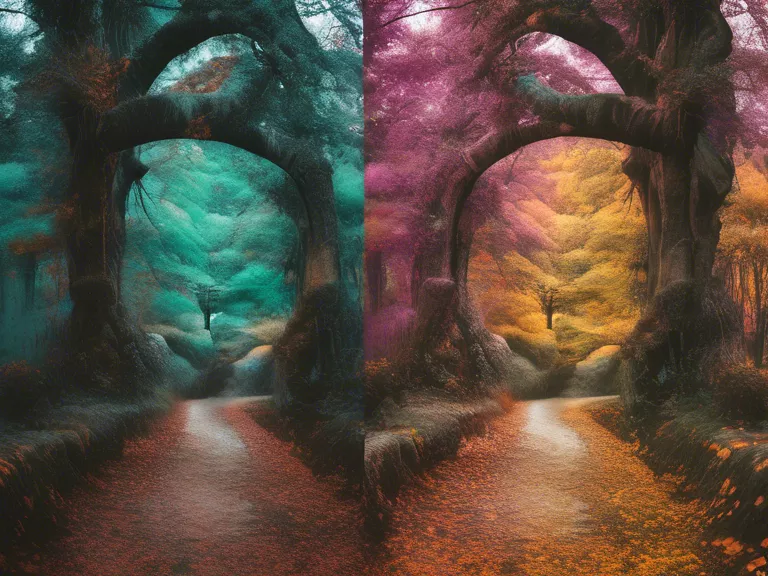
A Beginner’s Guide to Using Post-Processing for Color Enhancements
When it comes to photography, post-processing can be a powerful tool for enhancing the colors in your images. Whether you’re a beginner or a seasoned pro, knowing how to use post-processing techniques can take your photos to the next level. In this guide, we’ll walk you through some basic steps to help you get started with color enhancements in post-processing.
1. Select the Right Software
The first step in using post-processing for color enhancements is to choose the right software. There are many options available, from professional programs like Adobe Photoshop and Lightroom to free alternatives like GIMP and Canva. Experiment with different programs to find the one that best suits your needs and budget.
2. Adjust White Balance
One of the easiest ways to enhance the colors in your photos is to adjust the white balance. This can help correct any color cast in your images and make the colors appear more true-to-life. Most post-processing software programs have tools that allow you to easily adjust the white balance with just a few clicks.
3. Play with Saturation and Vibrance
Another way to enhance the colors in your photos is to adjust the saturation and vibrance levels. Saturation controls the intensity of all colors in your image, while vibrance specifically targets the less saturated colors. Be careful not to overdo it, as too much saturation can make your photos look unrealistic.
4. Use Selective Color Editing
Many post-processing programs offer tools for selective color editing, allowing you to target specific colors in your image for enhancement. This can be particularly useful for making certain colors pop or correcting any color inconsistencies.
5. Experiment with Filters and Presets
Finally, don’t be afraid to experiment with filters and presets in your post-processing software. These can help you achieve a particular look or style in your photos with just a few clicks. You can also create your own custom presets to use across multiple images.
By following these basic steps, you can start using post-processing to enhance the colors in your photos and take your photography to the next level.



